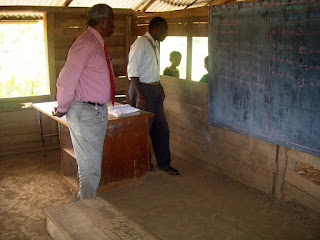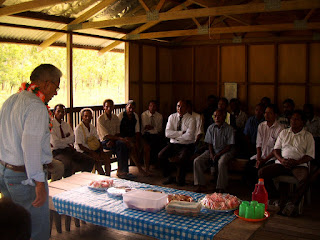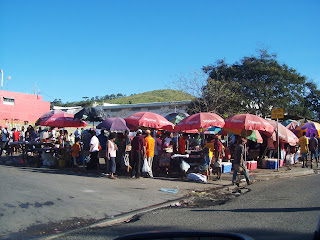
Being on the Tasman Sea, the water always presents a pretty picture.

One of the rock features was this large solid rock island with a hole in the middle that let the sea come through the back side with each crashing wave.

We went late in the day on purpose, as we were hoping to see a colorful sunset over the Western sea. Here Diane is walking along another rock feature, trying to avoid the water from a clear water stream that runs into the gulf at this point.

When wet, the black sands create a wonderful mirror that reflects almost near perfect, even with the Tasman pounding on the shores.

We climbed to the top of the hill on the far left. From which we saw many scenic views and fascinating wave actions. But at the water level the black sand performed its picturesque magic again.

Speaking of “Black Sand Magic” this is one of my favorites. Notice the surfer at the middle left.

From the top of one of the rock formations, I took this picture of Diane walking on the beach below. I zoomed up as much as our camera would go. Doesn't she look pretty!

When I got down to where Diane was, I noticed this unique pattern in the sand. There were almost no shells on this beach, but this one came in handy to help illustrate the contrast in color. The "elephant skin" texture is highlighted by the lowering sun, casting a long shadow from the single shell.

Continuing my intrigue with the sand patterns, not too far from the last picture, I took this one of the dry dunes just above the wet beach. Notice how the shadows look almost blue against the sun light on the black sand.

Still focusing on the varied features of the beach sand, I couldn’t let this shot pass. With the sun low in the sky, it cast bright highlights on the raised sand patterns.

By raising my camera just a little and changing the angle, you can still see the modeled sand in the foreground, but it is no longer the object of interest. What a beautiful silhouette against the setting sun.

As the sun continued to set, we didn’t have to wait too long before the late evening sky turn brilliant just as the sun began to disappear.

Now this is what we came to see! We only got a few short minutes to enjoy this light show, but it was worth it.

But, now that I think about it… the whole day was a show of light.

How I love what our Creator does for us – the earth with all its varieties.
How I love to serve Him! The joy we receive fills our souls.










































